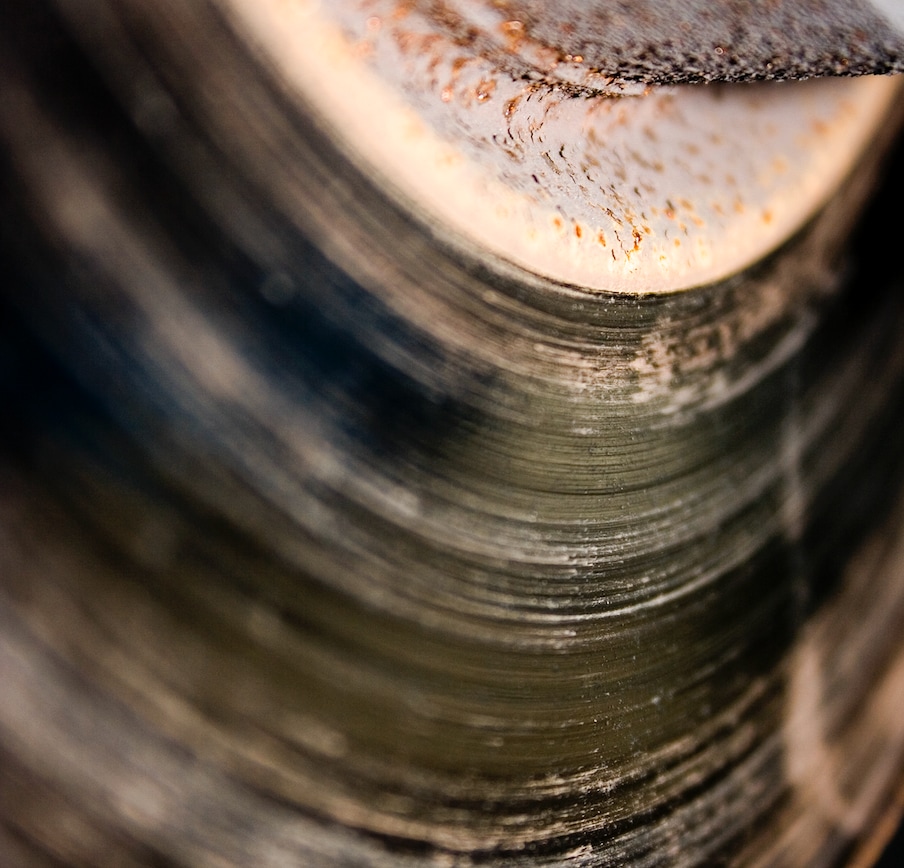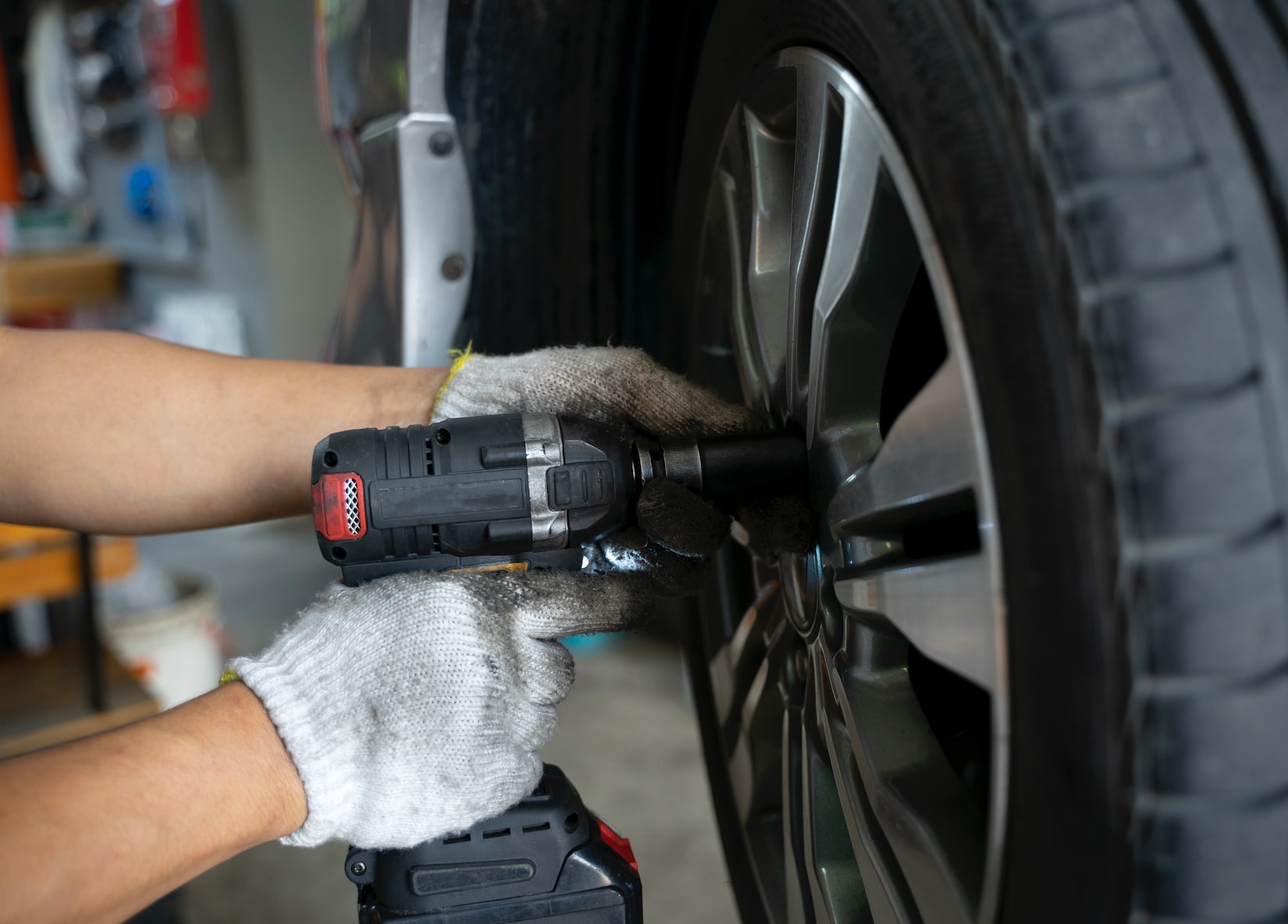What's that squealing sound?
Your car's disc brakes are right up there with the tires as being the most important safety devices on your vehicle. Brakes make sure you can stop and keep you safe. But when brake pads wear thin and start making a gawd-awful squealing racket, it is time to change them.
Most drivers simply have the brake pads examined and replaced by the ASE-trained service technicians at their local Lithia Auto dealer. Changing the brake pads yourself can save you a couple hundred bucks and even if you aren't interested in going to the trouble of doing this repair yourself, knowing a bit about your brakes and how brake pads are changed will arm you with knowledge when you're talking with service experts.




